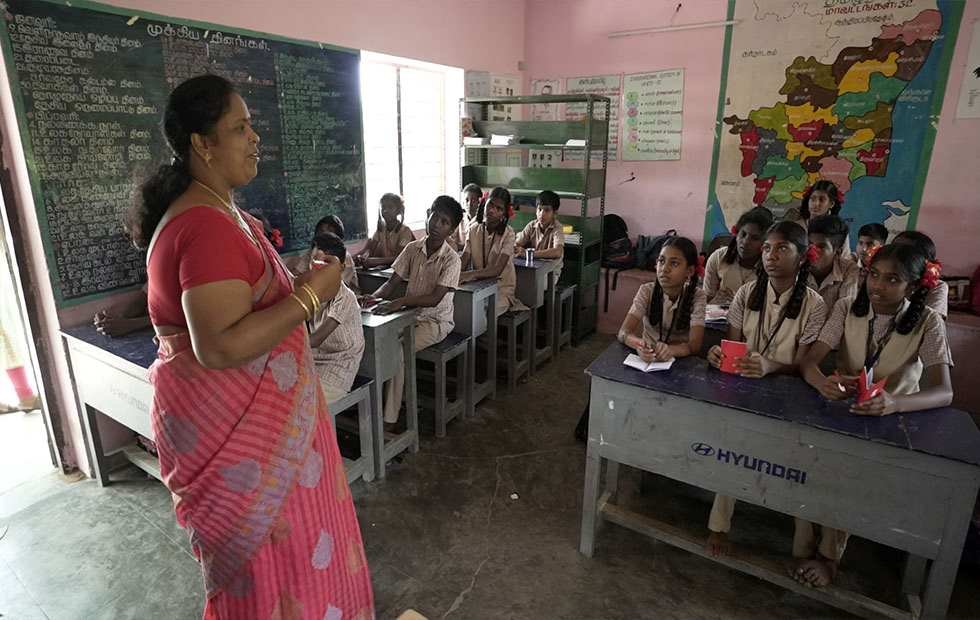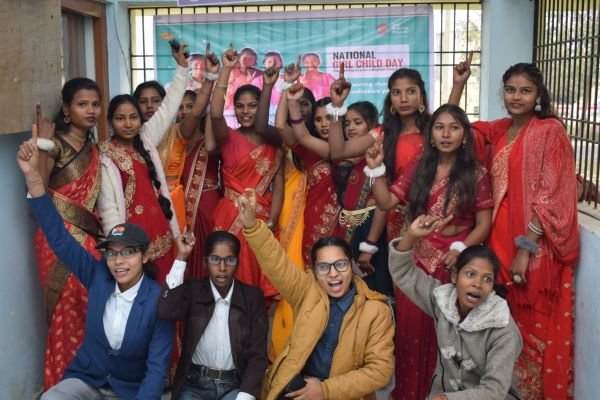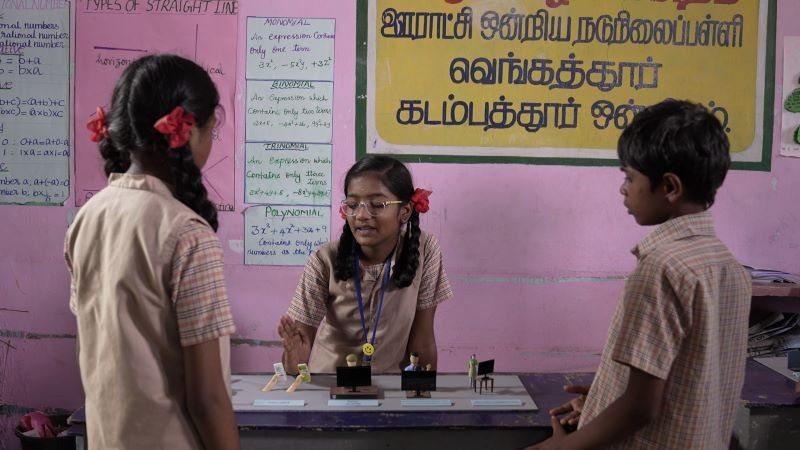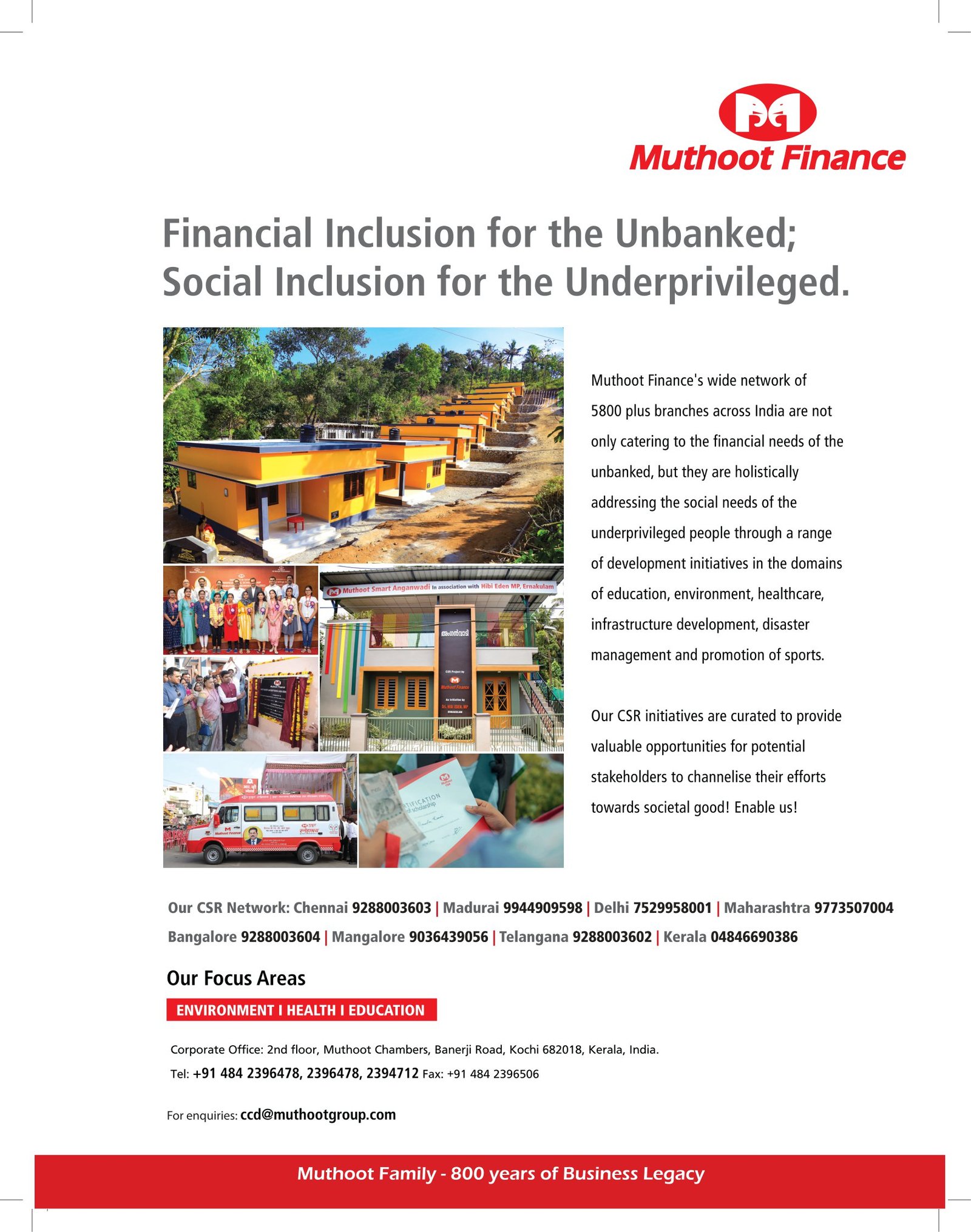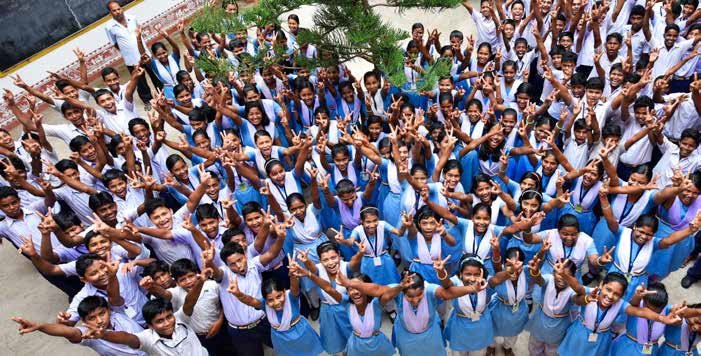
Corporate social responsibility (CSR) is becoming more central to societal expectations from commercial organizations, and spending a certain percentage of corporate income on societal welfare has received the support of legislative sanction in 2014. – Vatika Singh
Quality Education, enlisted as Goal 4 under UN SDGs (SDG4), aims to “Ensure inclusive and equitable quality education and promote lifelong learning opportunities for all” by 2030. In this context, the National Education Policy 2020 was laid down as the 1st Education Policy of the 21st century, aiming to address the many growing developmental imperatives of the country. The policy provided for revising and revamping all aspects of the education structure.
By leveraging CSR initiatives and addressing key challenges, rural education in India can make significant strides towards enhancing quality and accessibility, empowering communities, and fostering inclusive and sustainable development, says Grant Thorton’s report. Many corporations have taken important steps through their CSR initiatives to improve the education standard of the children in our country.
Although the objective might be the same for most corporations, the engagement model varies. A report by the government on school dropout rates indicates that at all levels, it has steadily declined in recent years. The decline is for both girls and boys. The schemes such as Samagra Shiksha, RTE Act, improvement in school infrastructure and facilities, residential hostel buildings, availability of teachers, regular training of teachers, free textbooks, uniforms for children, Kasturba Gandhi Balika Vidyalaya and the PM POSHAN Scheme play an important role in enhancing enrolment and retention of children in schools The education infrastructure in schools, amenities, and digitalization has been steadily promoted, along with a focus on pedagogy. The basic infrastructure facilities in schools—in terms of the number of recognized schools and teachers’ availability reflected in the pupil-teacher ratio—improved over the years.
In an article published by IIM Kozhikode Society & Management Review, two authors, Abhoy K. Ojha Dwarkaprasad Chakravarty of Beyond Corporate Social Responsibility: A Role for Corporate India in Rural Primary Education, have forcefully argued that with the bulk of India’s population residing in rural areas, access to quality primary education in non-urban areas is vital to unlock the country’s vast economic potential.
Good primary education is likely to provide a solid foundation for the rural poor to acquire higher education, professional skills, and employment, thereby reducing poverty and enabling sustained economic growth for the country.
They further extend their argument that the Government schools, which comprise the majority of schools in rural India, have been unable to address the challenge due to inferior facilities, ineffective teaching, and mismanagement. As a result, rural parents who can afford to do so are increasingly enrolling their children in private schools that have been opportunistically set up in relatively affluent rural areas. While such schools demonstrate better results than government schools, they are far from adequate in quality and accessibility.
The authors believe that there is a need to meet the twin challenges of quality and accessibility with more innovative methods that involve more than the traditional education providers.” According to the article, more corporations should focus their CSR initiatives on addressing primary education challenges in rural India. With a few exceptions, CSR in India seems to lack focus and ownership towards socioeconomic development initiatives such as rural education.
There is a critical need for good educational institutions that have thus far confined themselves to urban areas to establish primary schools in rural areas.
The transformation of rural education necessitates collaborative efforts involving stakeholders from diverse sectors. The Grant and Thorton report suggests CSR interventions, including infrastructure development, resource provision, and teacher training, are key drivers in improving rural education.
Collaborations with educational institutions and technology firms enhance skill development and analysis, while data-driven approaches optimize intervention effectiveness. Aligning curriculum with employability through industry stakeholder engagement and promoting public-private partnerships (PPPs) ensure coordinated efforts for sustainable impact, contributing to achieving SDG 4 and India’s Vision 2047, points out the report.
By leveraging CSR initiatives and addressing key challenges, rural education in India can make significant strides towards enhancing quality and accessibility, empowering communities, and fostering inclusive and sustainable development.
As a part of UNICEF and CII’s effort to help corporations effectively structure their CSR activities in education, Tata Strategic Management Group (Tata Strategic) has done a study to identify best practices of CSR in education.
It shows that the companies are working to improve education in rural areas. With the involvement of technology in their CSR practices, companies are promoting the use of technology in education to help address the challenges and improve access to education in rural areas.
By harnessing the power of technology, companies bridge the gap between urban and rural areas and ensure that every child has access to the education they need to succeed.
Primary education is crucial for people residing in rural parts of the country because it possesses the potential to lift people from poverty and improve their quality of life. Providing children with a solid foundation in the initial years of their education helps them develop the skills they require to succeed in life and pursue desired careers. CSR interventions can help improve primary education by providing schools and teachers with the required funding, resources, and support.


